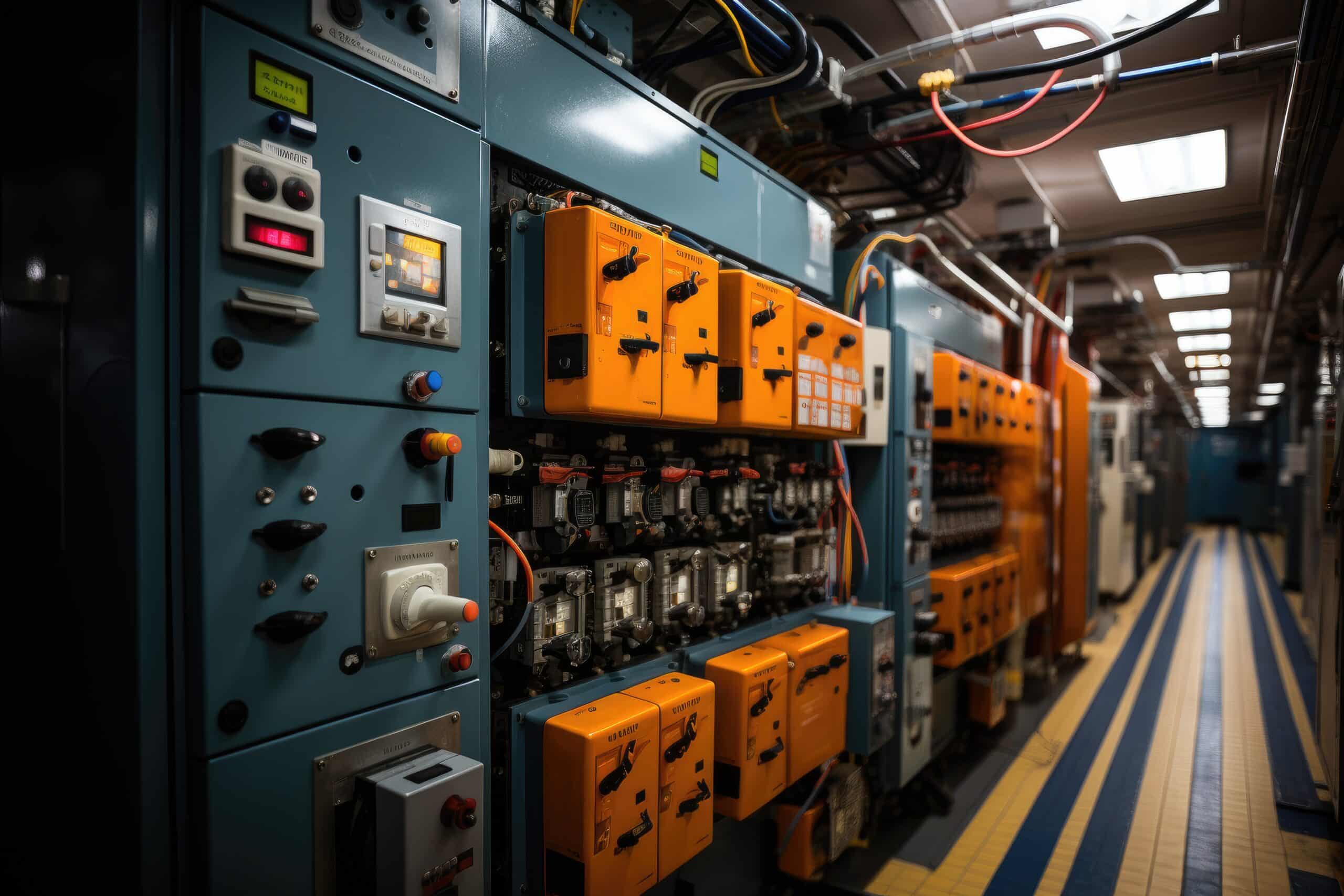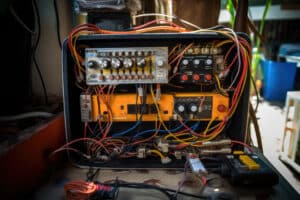What Precautions Should Be Taken When Wiring a Transfer Switch for a Generator?
Key Takeaways
- The first step in wiring a transfer switch is to choose the right type for your needs, whether it be a manual or automatic transfer switch.
- Proper installation of the transfer switch is crucial for safety and functionality, so it is recommended to hire a licensed professional electrician.
- When connecting the generator and main supply, it is important to follow the specific instructions provided by the manufacturer to ensure proper connections and reduce the risk of electrical issues.
When it comes to wiring a transfer switch for a generator, there are several precautions that should be taken to ensure safety and proper functionality. A transfer switch is an essential component that allows you to connect your generator to your home’s electrical system, providing backup power during outages. However, improper installation or neglecting safety measures can lead to hazardous situations. In this article, we will discuss the best practices and precautions that should be followed when wiring a transfer switch for a generator.
Choose the Right Transfer Switch
The first step in wiring a transfer switch is to choose the right type for your needs. There are two main types of transfer switches: manual and automatic. A manual transfer switch requires you to manually switch the power source from the main grid to the generator during an outage. On the other hand, an automatic transfer switch detects the loss of power and automatically switches the power source to the generator. Consider your preferences, budget, and the specific requirements of your home when selecting the right transfer switch.
Ensure Proper Installation
Proper installation of the transfer switch is crucial for both safety and functionality. It is important to follow local electrical codes and the National Electrical Code (NEC) when installing a transfer switch. It is highly recommended to hire a licensed professional electrician to install the transfer switch to ensure that it is done correctly and in compliance with the necessary regulations.
Mounting the transfer switch casing securely to the wall is essential to prevent any accidental dislodging or damage. Use screws or nails that are appropriate for the wall material to ensure stability. Additionally, make sure to follow the specific wiring diagram and procedure provided by the manufacturer for the particular transfer switch model you are installing.
Properly Connect the Generator and Main Supply
The connections between the generator, transfer switch, and main supply should be made with utmost care and precision. Improper connections can lead to electrical hazards and damage to the equipment. Here are the steps to properly connect the generator and main supply:
- Install a double-pole breaker at the generator’s subpanel to connect the attached load permanently.
- Open a knockout on the panel and insert the transfer switch cable.
- Connect the line wires from the generator to the top emergency power or R terminals on the transfer switch.
- Connect the corresponding wires from the main supply to the top N terminals on the transfer switch.
- Attach the load to the bottom terminals of the transfer switch.
It is important to follow the specific instructions provided by the manufacturer for your transfer switch model. This will ensure that the connections are made correctly and reduce the risk of electrical issues.
Consider Safety Precautions
When wiring a transfer switch for a generator, safety should always be a top priority. Here are some important safety precautions to consider:
- Turn off the main breaker before working on your electrical system to avoid the risk of electric shock.
- Position the generator at least 20 feet away from the house, doors, windows, and vents to prevent carbon monoxide buildup.
- Use a long extension cord that is the correct gauge to handle the required loads when connecting the generator to the transfer switch.
- Install an inlet box on the outside of the house, close to the transfer switch and electrical panel, to safely connect the generator to the transfer switch.
- Ensure proper neutral-ground bonding in accordance with the National Electrical Code.
By following these safety precautions, you can minimize the risk of accidents, electrical hazards, and damage to your electrical system.
Maintain Regular Inspections and Testing
Regular inspections and testing of the transfer switch and backup generator are essential to ensure their proper functioning during an actual power outage. Schedule routine inspections, tighten connections, and clean the transfer switch as recommended by the manufacturer. Additionally, conduct regular system tests according to the manufacturer’s recommendations to ensure that the transfer switch is switching between the power sources correctly.
Avoid Common Mistakes
There are several common mistakes that should be avoided when wiring a transfer switch for a generator. Neglecting proper installation, overloading the transfer switch, manual switching errors, inadequate ventilation, ignoring maintenance, unsafe fuel handling, lack of fire safety measures, and inadequate documentation are some of the mistakes that can lead to hazardous situations. It is important to be aware of these mistakes and take the necessary precautions to prevent them.
Conclusion
Wiring a transfer switch for a generator requires careful planning, proper installation, and adherence to safety measures. By choosing the right transfer switch, ensuring proper installation, making correct connections, and following safety precautions, you can have a reliable backup power system that provides peace of mind during power outages. Remember to prioritize safety and consult a licensed professional electrician if needed.
Related Websites:
FAQs:
Q: What is a generator transfer switch and why is it important to wire it correctly?
A generator transfer switch is a device that allows you to safely switch between utility power and generator power. It is important to wire it correctly to ensure a seamless and safe transition during a power outage. Incorrect wiring can result in damage to your electrical system and pose a safety hazard.
Q: What are the different types of generator transfer switches available?
There are two main types of generator transfer switches: manual and automatic. Manual transfer switches require you to manually switch between utility power and generator power. Automatic transfer switches, on the other hand, can detect power outages and automatically switch to generator power.
Q: Why is it important to hire a licensed electrician for the installation of a transfer switch?
It is crucial to hire a licensed electrician for the installation of a transfer switch to ensure safety and compliance with electrical codes. A licensed electrician has the knowledge and expertise to properly wire the transfer switch, minimizing the risk of electrical faults or hazards.
Q: What precautions should I take before wiring a transfer switch?
Before wiring a transfer switch, it is important to prioritize safety. Make sure to turn off power sources, follow grounding procedures, and conduct a thorough inspection of the electrical panel. Additionally, obtain necessary permits and adhere to local electrical codes to ensure a safe and legal installation.
Q: How do I properly wire a transfer switch for a generator?
Wiring a transfer switch involves several steps. It is crucial to follow the manufacturer’s instructions carefully. Proper sizing and selection of wires, connectors, and breakers is essential. Additionally, ensure proper labeling and identification of wires to avoid confusion and make future maintenance easier.






